Plain Cement Concrete, also known as pCC concrete, is a mixture composed of one part cement, two parts sand, three parts aggregate, and four parts water. In contemporary PCC mixtures, various chemicals are added to enhance the concrete’s properties, such as improving its resistance to drainage and rust. This makes PCC an ideal choice for constructing durable structures. In this article, we will discuss the composition, uses, and benefits of PCC. Its applications range from pavements and floors to foundations and other structural elements, offering a robust solution that ensures longevity and reliability in construction projects.
PCC concrete: Properties
When it comes to Plain Cement Concrete (PCC concrete), high compressive strength is essential. The tensile and shear strengths should range from 8-12% and 8-10% of the compressive strength, respectively. Several factors influence PCC’s compressive strength. These include the cement content, water-cement ratio, and the methods employed in mixing, placing, compacting, and curing the concrete. The quality of the materials used and the age of the concrete also play significant roles. Ensuring optimal proportions and techniques during preparation and application is crucial for achieving the desired strength. By adhering to these guidelines, one can produce PCC with robust compressive strength suitable for various construction applications.
PCC concrete: Characteristics of Plain Cement Concrete
Concrete is a highly versatile construction material known for its remarkable properties. With a compressive strength ranging from 200 to 400 kilograms per square centimetre, it can withstand significant loads, making it ideal for structural applications. Its tensile strength, between 50 to 90 kilograms per square centimetre, ensures durability under tension. The density of concrete, typically between 2200 to 2400 kilograms per cubic metre, contributes to its robustness and stability. These characteristics make concrete an excellent choice for building foundations, bridges, and various other infrastructure projects. Its stability and strength, coupled with cost-effectiveness, continue to make concrete a preferred material in the construction industry.
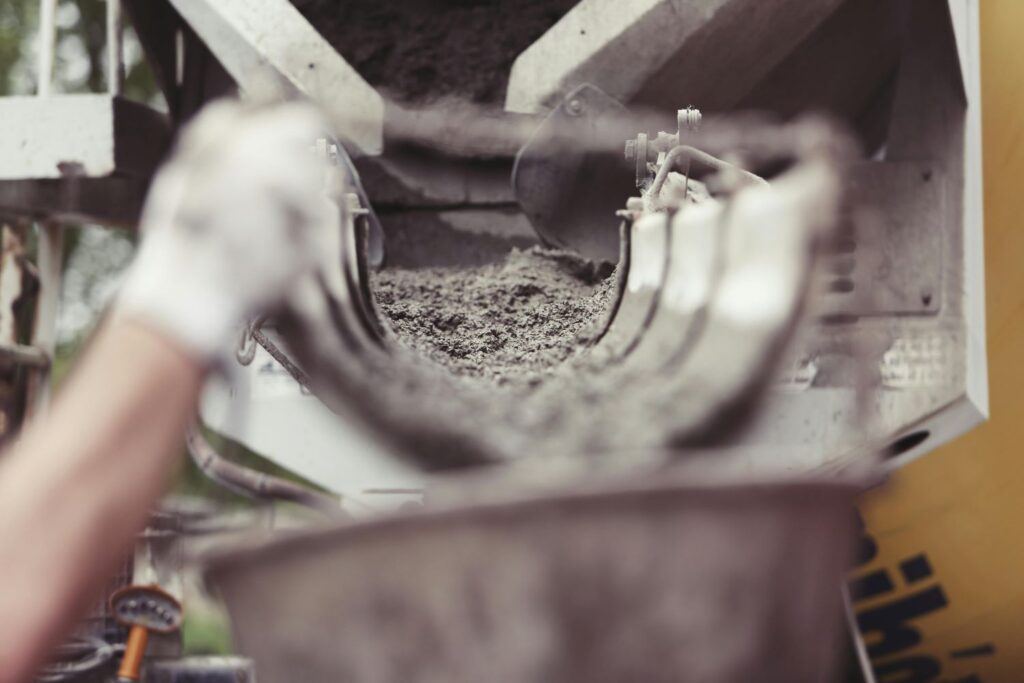
PCC Concrete: Benefits
One of the significant benefits of PCC concrete is its use as a base layer before any structure at the ground level. This application is crucial in protecting the structure from damage caused by water seepage from the ground. PCC concrete excels at absorbing water to a great extent, thereby safeguarding the structure. Its ability to act as a barrier against ground moisture ensures that the integrity of the structure remains intact. By effectively managing water seepage, PCC concrete plays a vital role in maintaining the durability and longevity of buildings and other constructions. This characteristic makes PCC concrete an essential component in construction, especially in areas prone to high groundwater levels.
PCC Concrete: uses
PCC concrete is primarily used in constructing structures on wet ground or in areas where water flow might increase significantly in the future. Its application is essential in these locations because it provides a stable and protective base layer that can effectively manage and absorb excess water. By using PCC concrete, builders can ensure that the structure remains safe and intact, even under challenging conditions with high water flow. This makes PCC concrete a reliable and indispensable material for construction projects in areas prone to moisture and water-related issues.
Conclusion
In summary, PCC concrete offers numerous benefits and uses in the construction industry. Its high compressive strength, durability, cost-effectiveness, and versatility make it a preferred choice for many applications. As technology advances and sustainability becomes more important, PCC will continue to evolve, maintaining its vital role in construction.
What is the lifespan of PCC Concrete?
PCC concrete can last for several decades, often exceeding 50 years with proper care.
How does PCC compare to RCC?
PCC lacks the reinforcement of steel bars found in Reinforced Cement Concrete (RCC), making it less suitable for tensile loads but still highly effective for compressive loads.

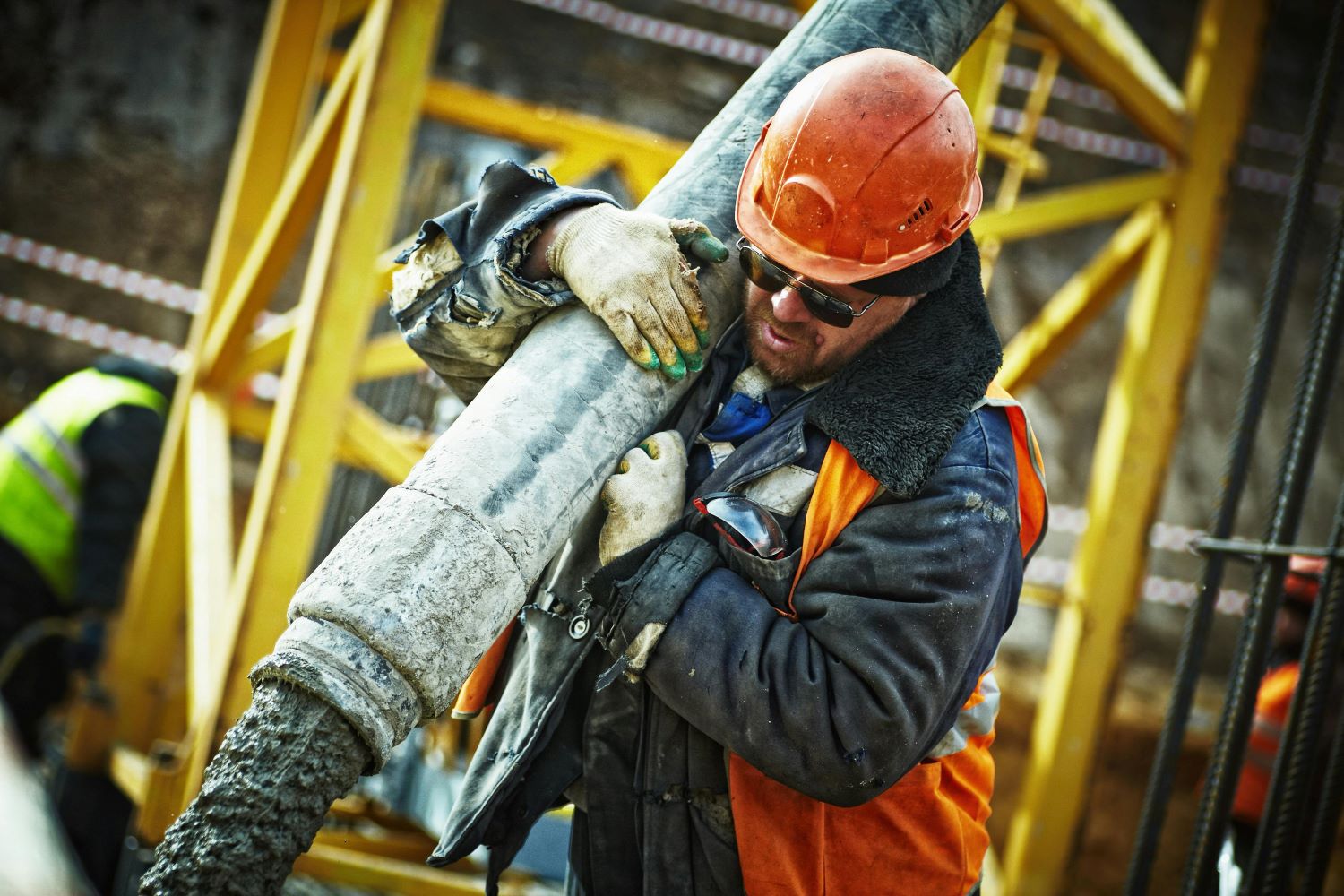
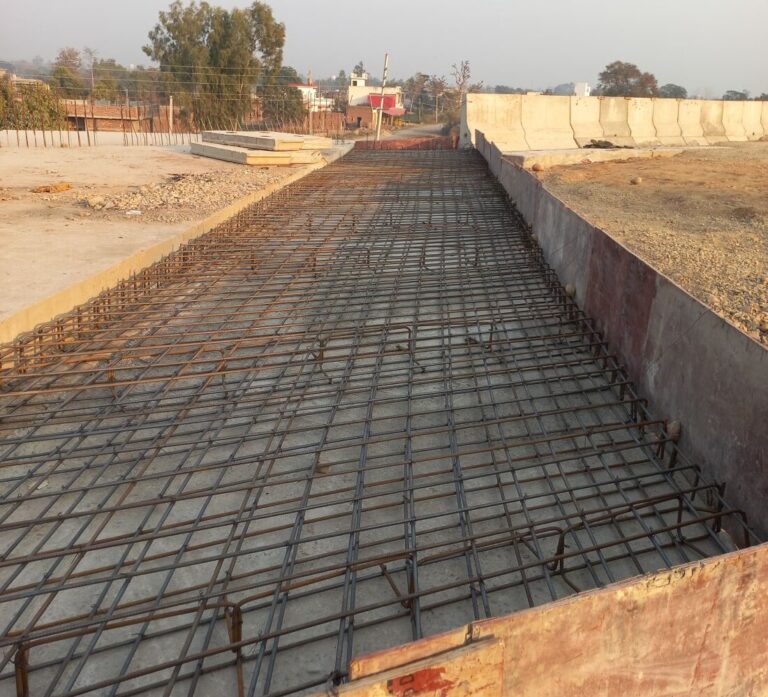
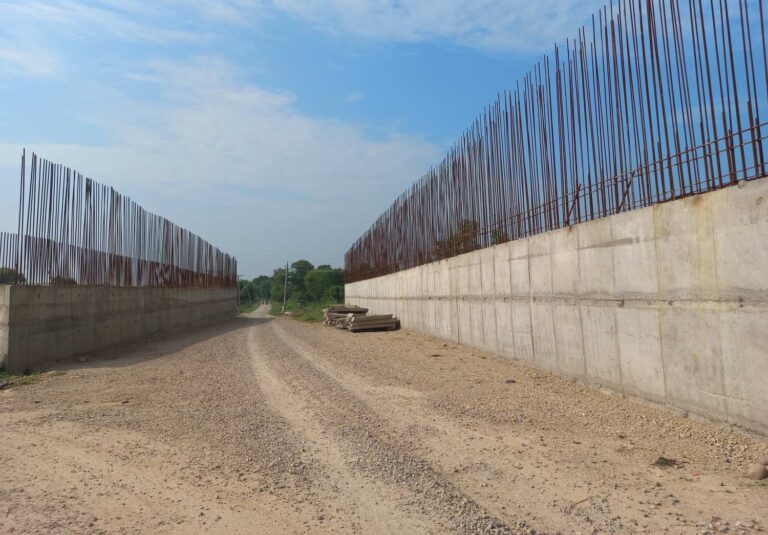
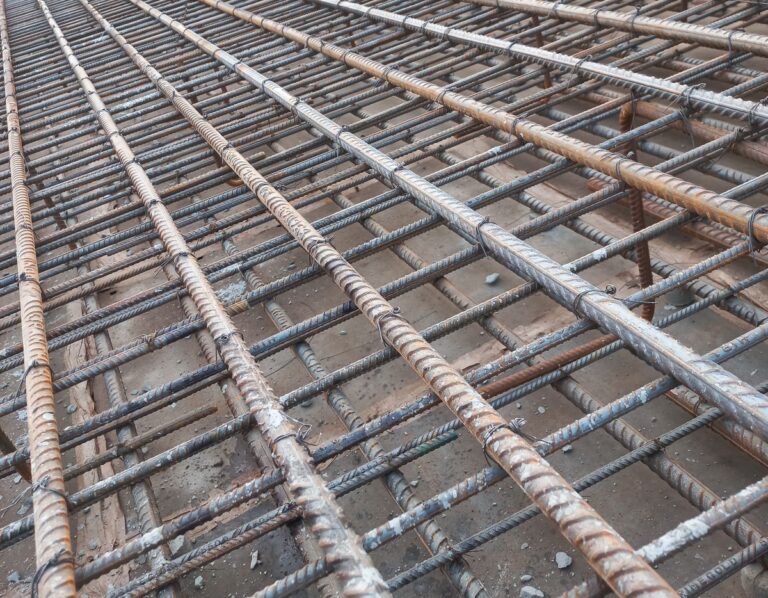




[…] It is mainly used in high flood areas and structures where there is a risk of damage due to water. PCC cement does not contain […]